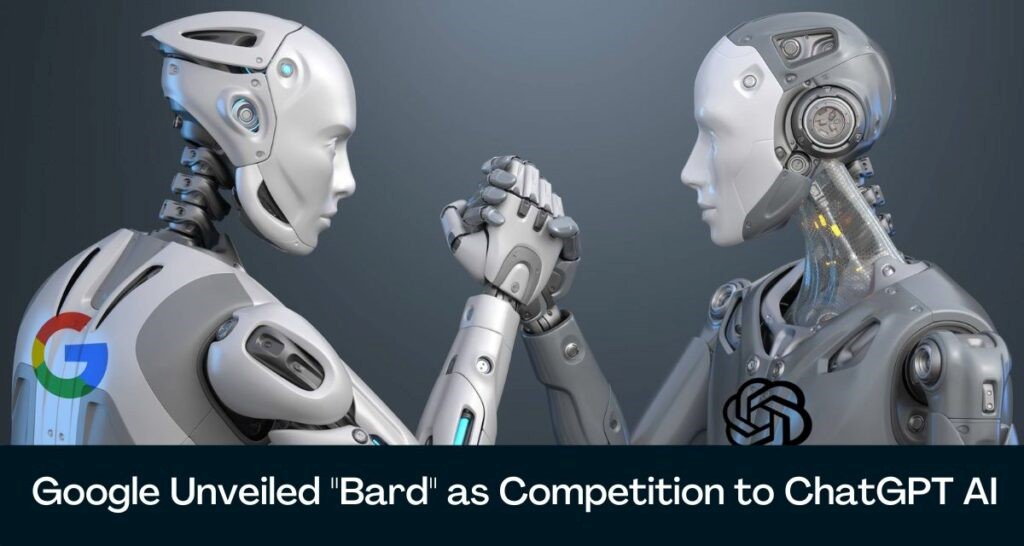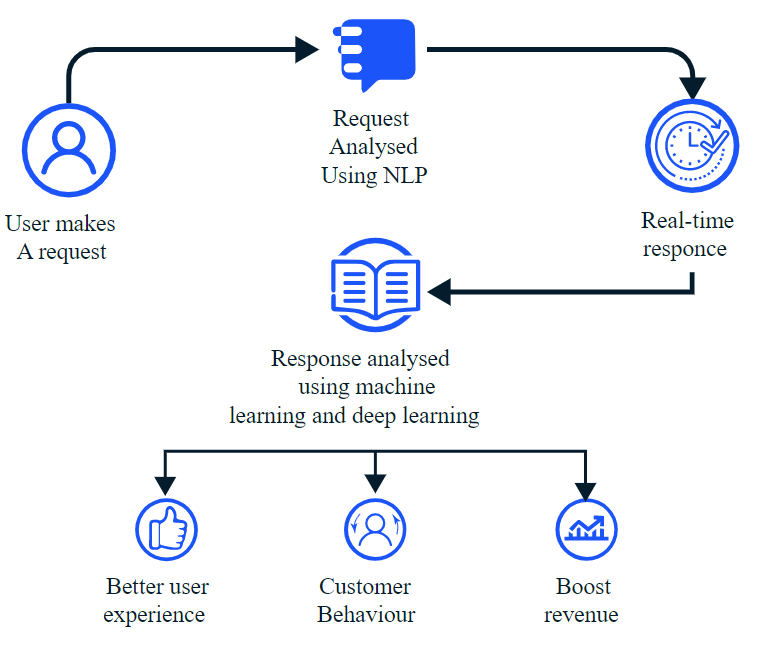Free Courses Sale ends Soon, Get It Now


Free Courses Sale ends Soon, Get It Now



Disclaimer: Copyright infringement not intended.
Context:
BACKGROUND: Read about ChatGPT https://www.iasgyan.in/daily-current-affairs/chatgpt
What is a chatbot?

How will Google’s Bard work?
Bard Vs Chat GPT:
Concerns:
Significant advantages of using AI chatbots:
Improved End-User Experience:
Increased Face-time with Customers:
Analytics and Insights:
Lead Generation and Conversion:
Cost Savings and Scalability:
Final Thought:

https://indianexpress.com/article/explained/explained-sci-tech/bard-vs-chatgpt-and-the-concerns-with-both-ai-chatbots-8429866/
© 2024 iasgyan. All right reserved